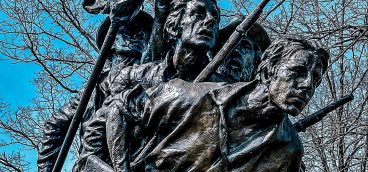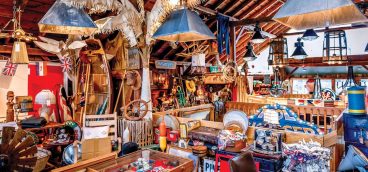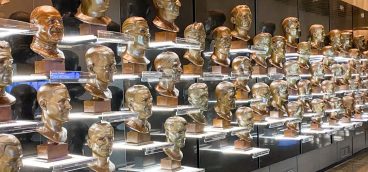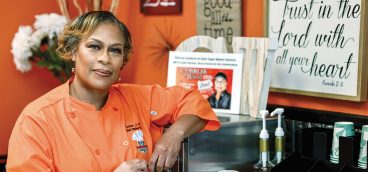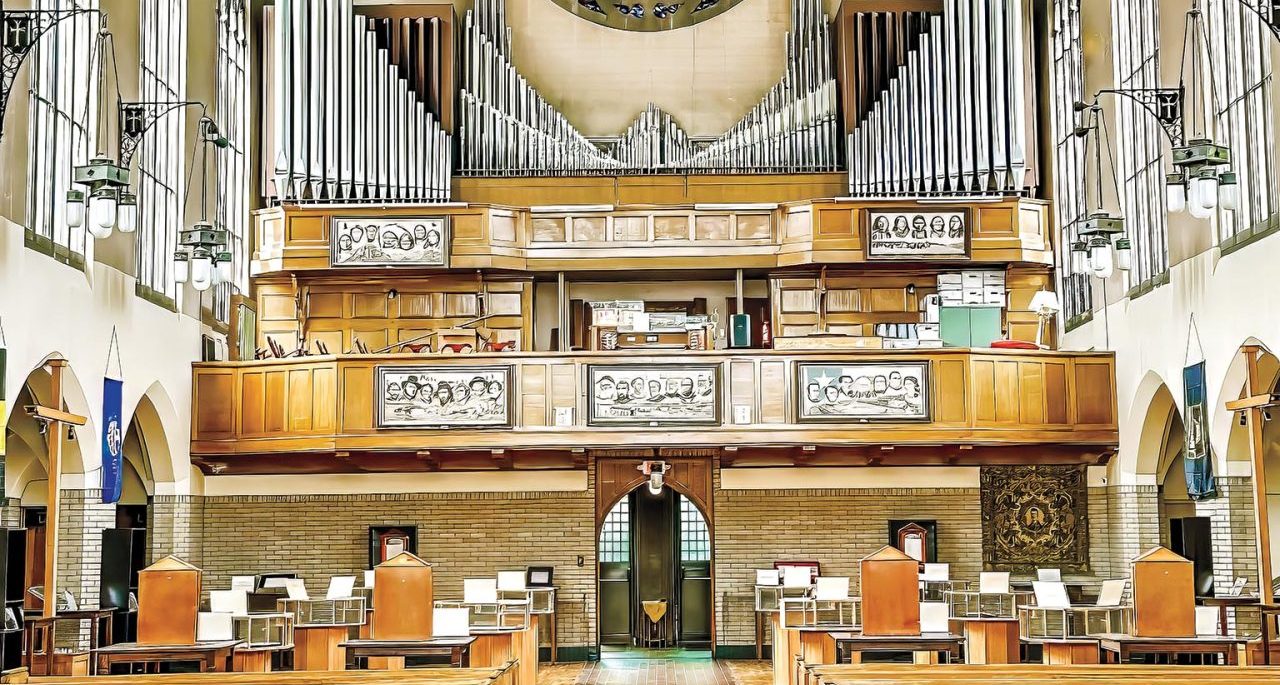
While you probably have never heard of David Karpeles, his accomplishments likely have affected your life.
Born in Santa Barbara, Calif., he lived there until he was 6. In 1942, his mother saw a Japanese submarine in the water and decided that it would be safer to move the family to Duluth, Minn. He earned advanced degrees in math, Biblical historicity and history, ultimately returning to California, where he became a mathematician, professor, entrepreneur and an inventor.
He developed the first operating optical character recognition program that read the handwritten amounts on checks and printed them on check margins, as well as verifying the signatures. He also was a pioneer in the early days of artificial intelligence, and a real estate magnate who was recognized by former California Gov. Jerry Brown for his efforts in creative financing and affordable housing, which helped his tenants to purchase their first homes.
In 1977, Karpeles and his wife Marsha took two of their four children to the Huntington Library, and what most engaged the kids were original letters written by Thomas Jefferson and George Washington. Karpeles learned that he could buy rare manuscripts at elite auctioneers such as Christie’s and Sotheby’s, and his first purchase was a version of the Emancipation Proclamation signed by Abraham Lincoln. He paid $40,000. Today, it’s worth millions.

Karpeles soon began collecting all sorts of documents — manuscripts and maps, concentrating on political history, science, religion, literature, exploration, music and art. With them, he and his wife established the Karpeles Manuscript Library Museums, now in 10 U.S. cities, including Pittsburgh. With approximately a million documents, theirs is believed to be the world’s largest privately owned collection. It includes the original draft of the Bill of Rights, the Peace Treaty of the War of 1812, Christopher Columbus’s handwritten “Lettera Rarissima,” describing his last voyage to the New World and arrival to the Indies, the sheet music for Mendelssohn’s “Wedding March,” Martin Luther’s treaty of proposed terms given to Emperor Charles V to secure religious freedom and establish Protestantism in the Holy Roman Empire, and sketches from the creator of “Star Trek.”
To stimulate interest in learning, the Karpeleses opened their first museum in Tacoma, Wash. They focus on mid-sized cities, and most of their museums are located in former churches or libraries. All are free.
The Pittsburgh branch of the Karpeles Manuscript Library Museum is in Sheraden, in the former Holy Innocents Church. Most of the site, including a convent, rectory and a couple of schools, was purchased by former Steeler Joey Porter’s wife, Christy. She has been developing the property into housing for adults with special needs, a cafeteria to provide daily meals for local kids, a community center, and a trade school. The Karpeleses bought the church to house the museum, which opened last November.
Local director Dominic Woods teaches history at Brashear High School and is restoring the 1925 Gothic structure, said to be evocative of Notre-Dame. While most of the architectural elements have been removed (and some relocated to a church in Charlotte, N.C.), the stunning rose window and pipe organ remain. Woods also works at the national level, helping to select and curate the special, temporary exhibits.
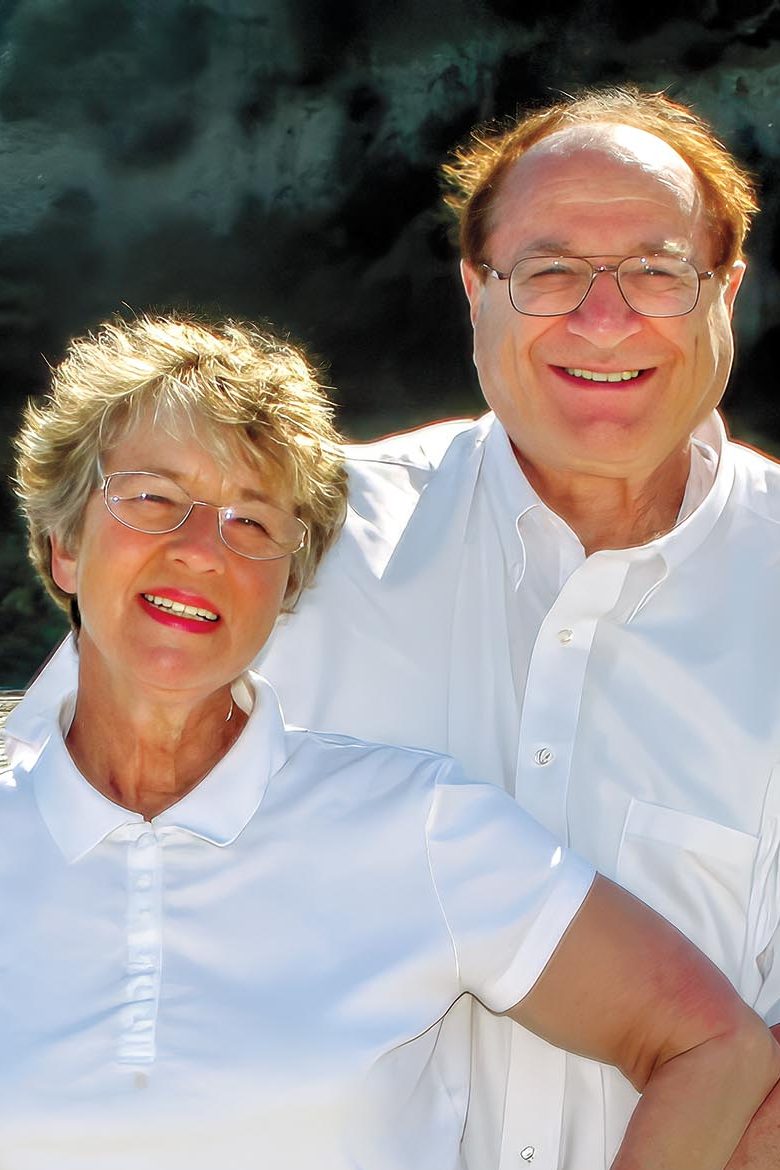
However, the manuscripts and documents are the main attraction. It’s easy to miss some of the meat of the permanent collection, displayed in the building’s narthex, or entrance. There, you’ll see one of 14 surviving handwritten pages of Harriet Beecher Stowe’s “Uncle Tom’s Cabin,” the only surviving autograph page from the manuscript of Washington Irving’s “The Legend of Sleepy Hollow,” the manuscript of Sir Arthur Conan Doyle’s “The Adventure of the Greek Interpreter” (the Karpeles Manuscript Libraries are among only five museums in the world to own more than one Doyle manuscript), a quote of John Donne, handwritten by Ernest Hemingway, from which he got the title of his Spanish Civil War novel, “For Whom the Bell Tolls,” Babe Ruth’s signed Red Sox contract, and more. (Sometimes, due to the fragility, replicas are on display, with originals shown on special occasions.)
In the nave, or main part, of the building, exhibits change several times a year. One focused on Teddy Roosevelt included a letter about his readiness to accept the nomination for the presidency. Another, the “Trail of Broken Treaties,” contained numerous treaties between the U.S. and Native American nations. The current exhibit focuses on religions and includes pages from the Egyptian Book of the Dead (1550–1069 B.C.), the Epistle of Paul (180 A.D.), the Gutenberg Bible, a 1462 Bible and a King James Bible.
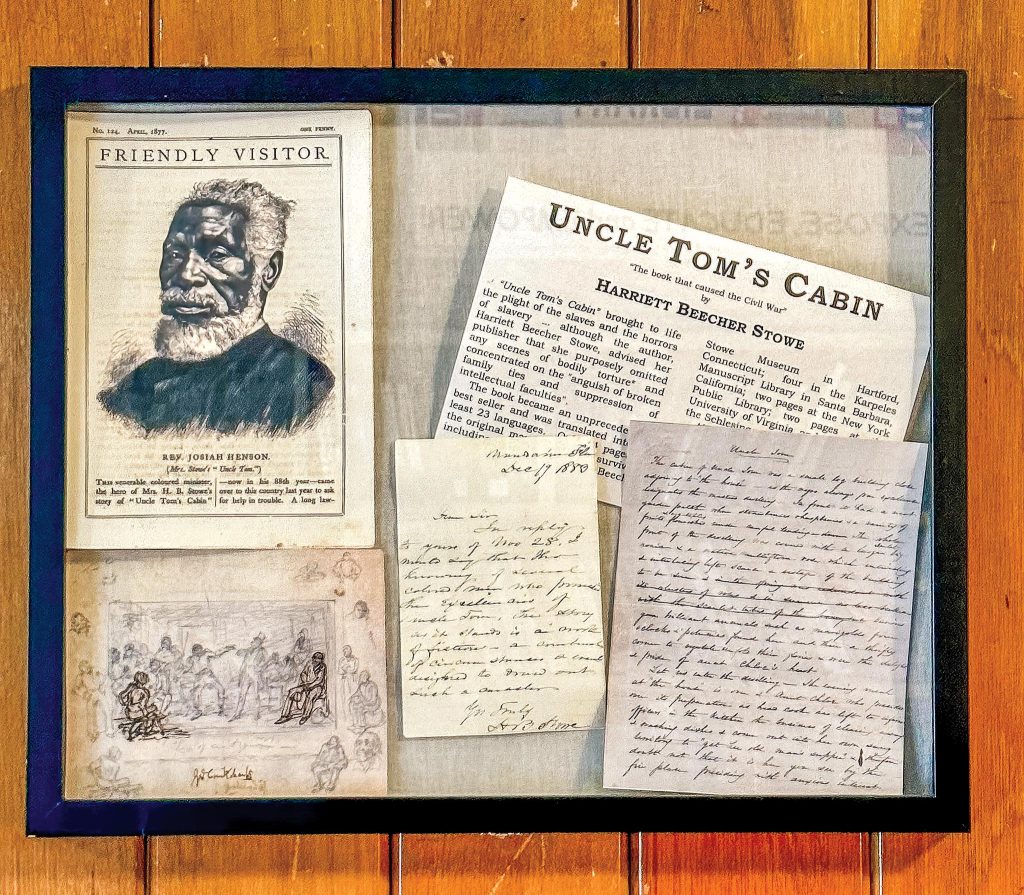
Near the altar, beautiful replicas of historic boats with associated documents include the Titanic, with the checklist giving the ship approval to sail, sheet music of the song the orchestra was playing as the ship sunk, the Carpathia captain’s diary documenting the rescue of Titanic passengers, and a letter about the disaster from British Prince Edward.
The Karpeles Manuscript Library Museum makes high-quality copies available to schools via traveling exhibits; just four schools are involved so far, but it’s hoped that more will participate. Visitors also can also request to view copies of manuscripts not on display. Some 50 to 60 documents typically are displayed, with descriptions explaining their significance.
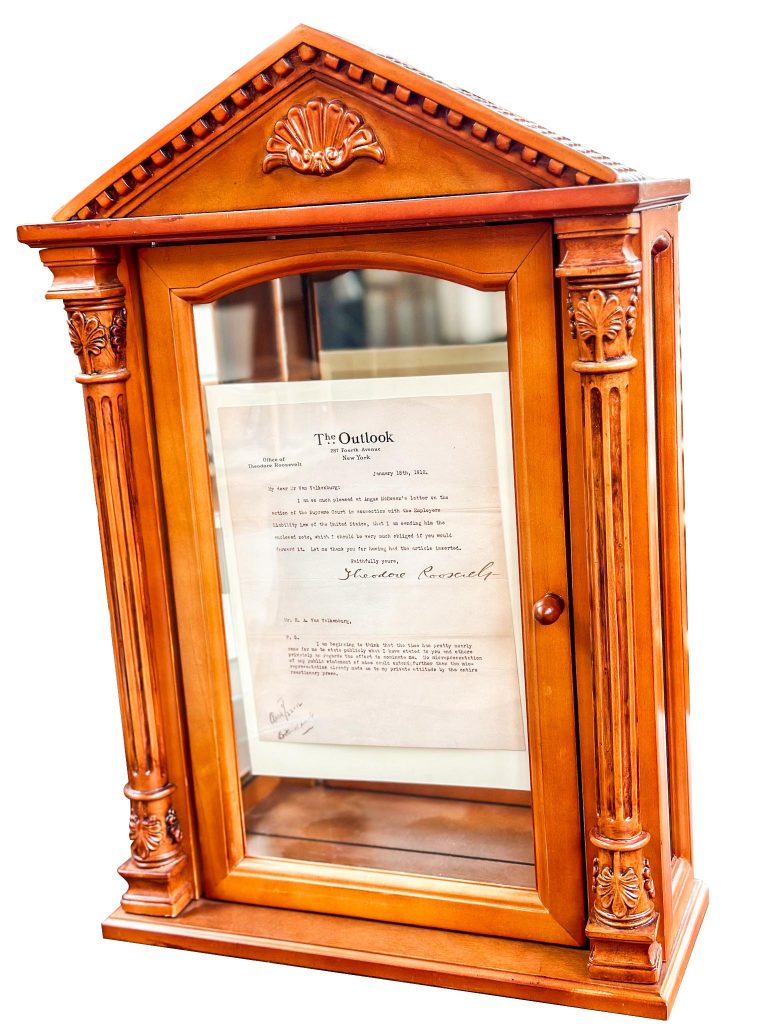
presidency.
David Karpeles died last year, and his son Mark and daughter Cheryl now lead the museums. Focusing on quality over quantity, they have reduced the number of museums from 17 to 10, and plan further consolidation. They are also considering development to assure future financial stability. Pittsburgh is fortunate that the Karpeles family located one of its museums here. This trove of fascinating documents is worth the drive.
For more information, visit www.karpeles.com pq



